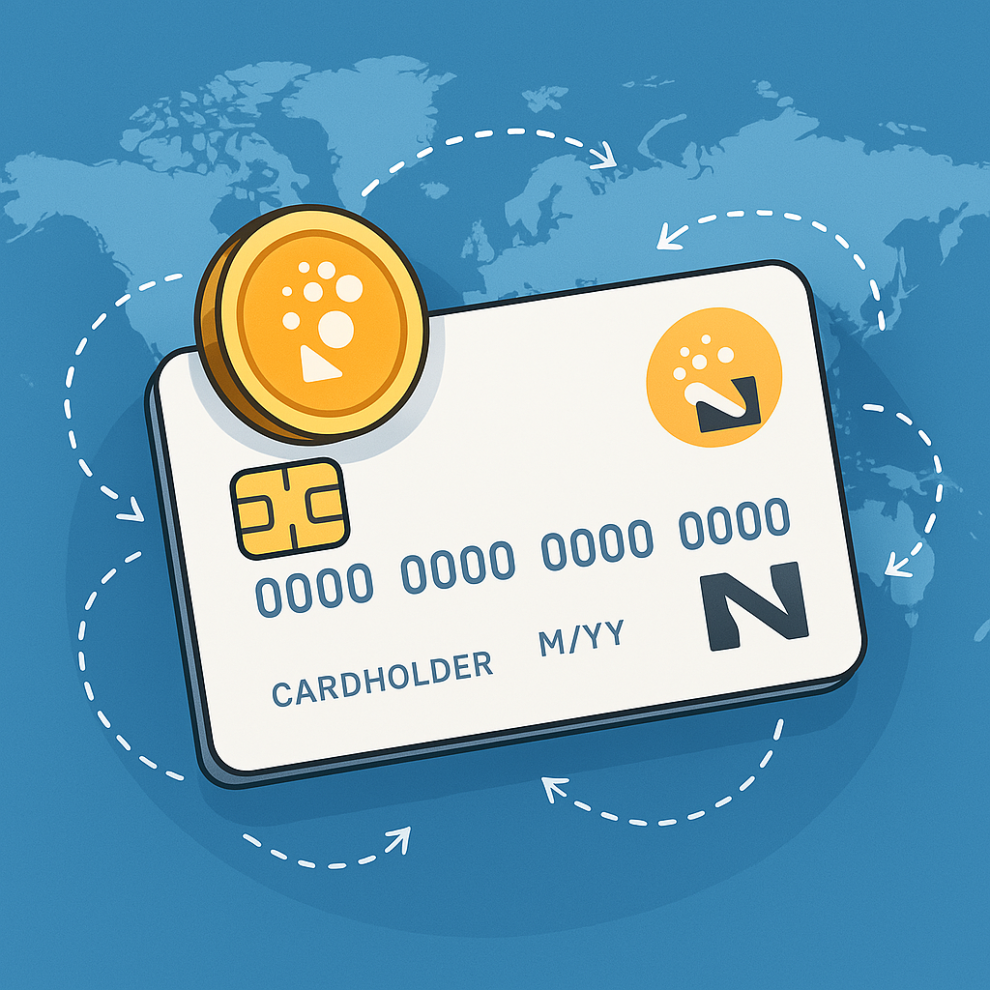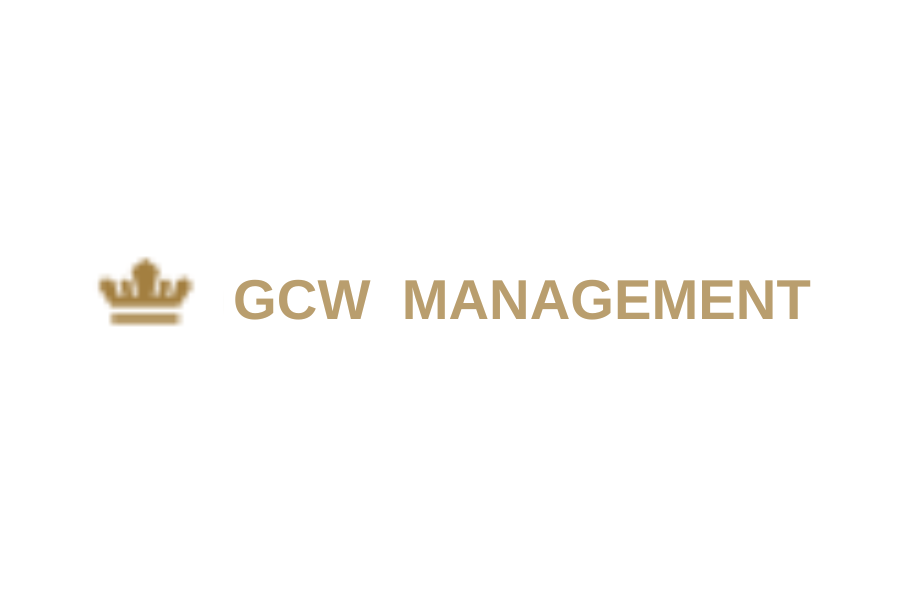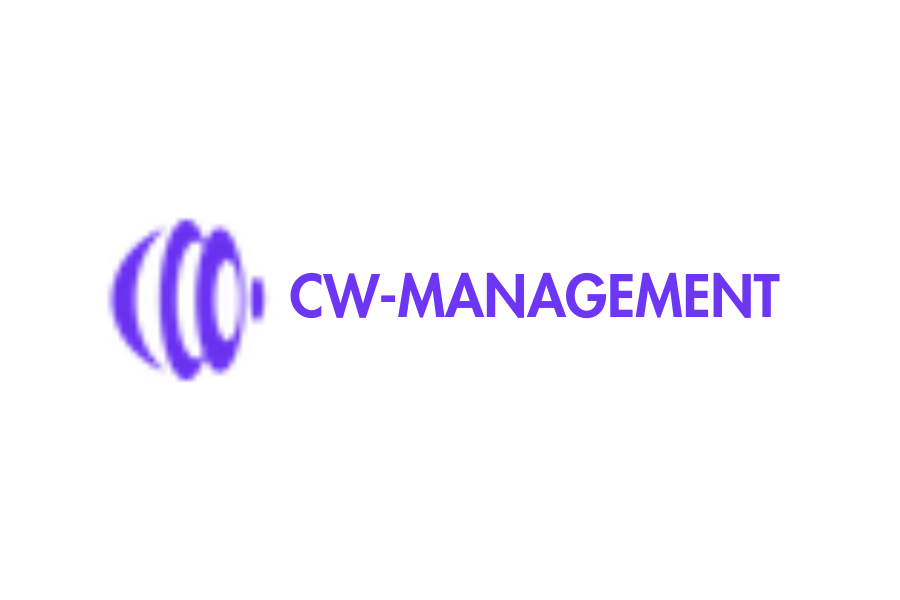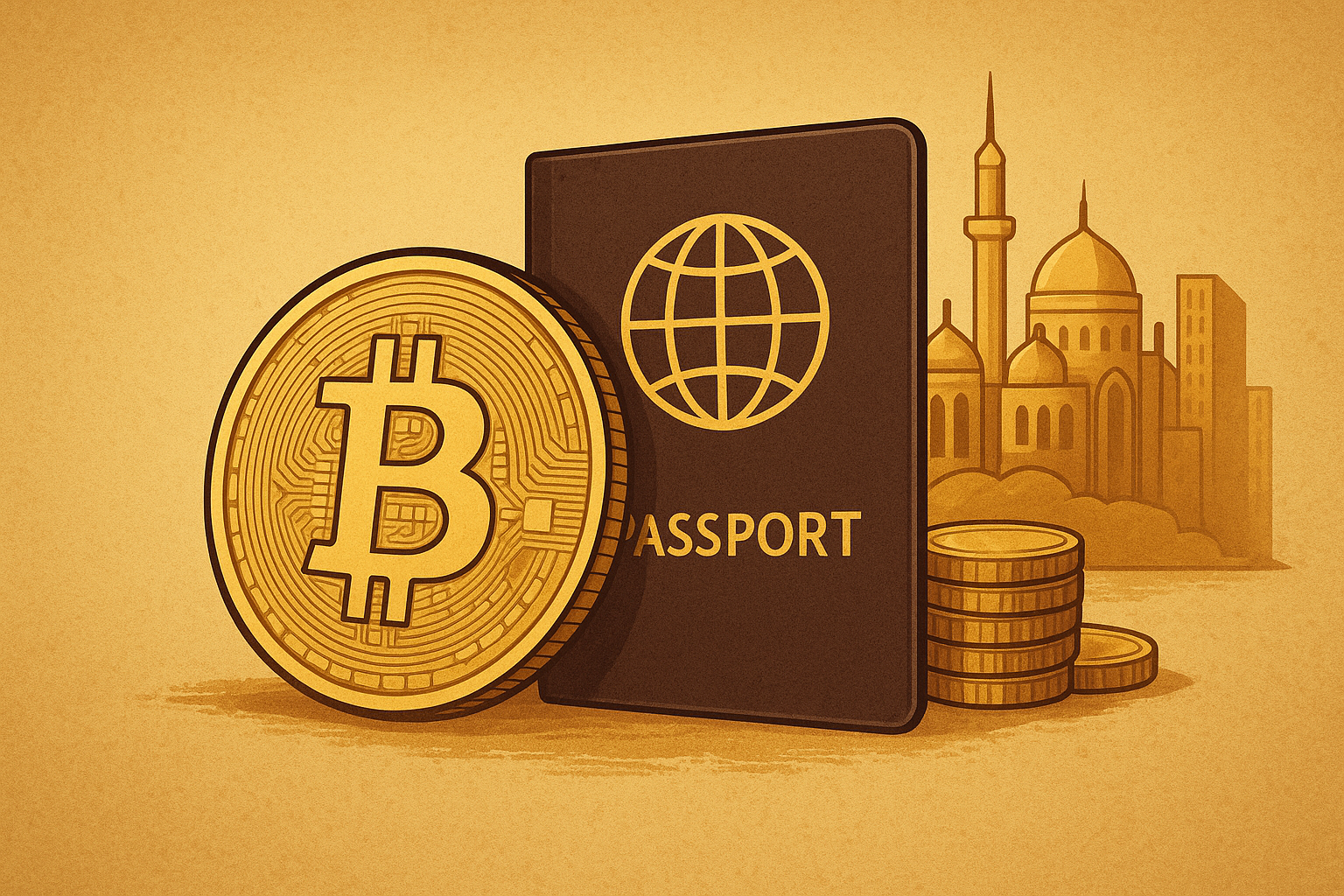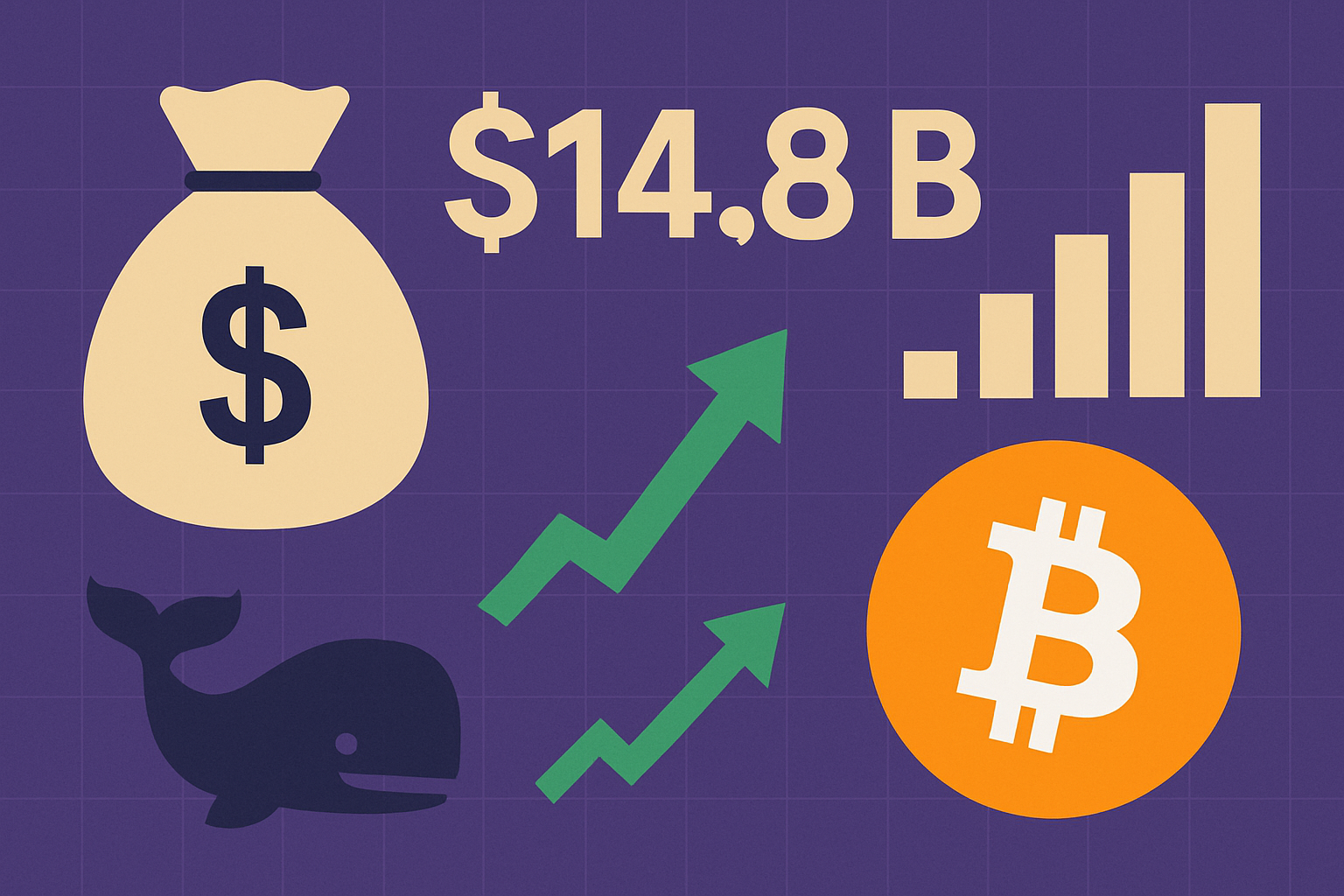Introduction
The global financial ecosystem is undergoing a massive transformation. From decentralized finance to smart contracts, blockchain technology has positioned itself as the next frontier in digital innovation. Yet, for years, the gap between blockchain’s technical promises and its real-world applications remained wide. However, recent developments suggest that this gap is narrowing rapidly—and one of the key catalysts driving this shift is the rise of crypto cards. Among the most notable players making waves in this domain is WhiteBIT, whose Nova crypto card platform has just surpassed 1 million transactions.
This milestone is more than a statistic. It is a signal to the broader fintech industry and digital asset community that blockchain adoption is accelerating, not just among investors or developers, but among everyday users making everyday purchases. In this article, we’ll explore what makes WhiteBIT Nova significant, why crypto cards are becoming the bridge between decentralized finance and traditional finance, and how this milestone is reshaping expectations for blockchain adoption worldwide.
Understanding WhiteBIT And The Rise Of Nova
Who is WhiteBIT?
Founded in 2018, WhiteBIT has steadily become one of Europe’s largest centralized cryptocurrency exchanges. Based in Ukraine and licensed under European regulations, WhiteBIT has positioned itself as a trusted platform with a strong focus on security, compliance, and user experience. With over 4 million users and a growing global footprint, WhiteBIT has launched a suite of products aimed at making crypto accessible to all—Nova being the most recent and perhaps the most impactful.
What is Nova?
Launched in early 2024, WhiteBIT Nova is a crypto debit card platform designed to seamlessly connect a user’s digital assets with traditional payment rails. Powered by Visa’s global payment network, Nova allows users to spend their cryptocurrencies like any fiat currency at millions of retailers around the world. The platform includes a mobile app, crypto-to-fiat conversion tools, and multi-asset support, creating a frictionless experience for crypto spending.
With a sleek interface and robust backend, Nova has quickly gained traction among both crypto enthusiasts and casual users. Now, with 1 million completed transactions, the product has proven that demand for crypto spending tools is not only real—it’s rapidly expanding.
Why 1 Million Transactions Matters?
A Turning Point in Crypto Adoption
Blockchain adoption is often measured in terms of wallet creation, TVL (Total Value Locked) in DeFi protocols, or NFT market volumes. But spending crypto using a physical or digital card represents a different kind of adoption—a real-world use case that touches retail, travel, dining, entertainment, and everyday commerce. The Nova platform hitting 1 million transactions is proof that users want more than to just trade or hold crypto—they want to spend it.
Daily Use of Crypto: From Theory to Practice
In a traditional setting, using Bitcoin or Ethereum to pay for coffee or groceries might seem complicated or impractical. But platforms like Nova abstract the complexity of crypto by instantly converting digital assets into fiat at the point of sale. This user-centric design is what has helped Nova drive engagement.
The milestone also reflects growing merchant acceptance and evolving consumer trust in crypto-backed products. It’s a sign that crypto is transitioning from speculative to functional finance.
The Appeal Of Crypto Cards: Bridging Two Worlds
Convenience and Accessibility
The primary appeal of crypto cards lies in their convenience. With a few taps, users can load their digital assets onto their card and use it like any traditional debit or credit card. The process is intuitive and doesn’t require understanding blockchain protocols or wallet interactions. This lowers the barrier to entry and makes crypto spending more mainstream.
Security and Privacy
Crypto cards like Nova also provide an enhanced sense of financial sovereignty. Users maintain control over their digital assets, benefit from secure authentication methods, and enjoy low transaction fees. Additionally, crypto cards can enhance privacy, allowing users to spend without tying every transaction to a traditional banking institution.
Real-Time Conversion
One of the technological breakthroughs enabling crypto cards is real-time crypto-to-fiat conversion. When a user swipes their Nova card, the platform instantly converts their selected crypto (e.g., USDT, ETH, BTC) into local currency using real-time exchange rates. This dynamic mechanism allows seamless interaction with merchants, even those unaware they are accepting crypto indirectly.
WhiteBIT’s Strategy And Technology
Regulatory Alignment
WhiteBIT’s success with Nova can also be attributed to its regulatory foresight. Unlike many exchanges that struggle with compliance, WhiteBIT has always prioritized regulatory clarity, acquiring licenses and aligning its products with European financial regulations. Nova was launched with full AML (Anti-Money Laundering) and KYC (Know Your Customer) integrations, making it compliant and appealing to a broader user base.
Scalability and Infrastructure
From a technical standpoint, WhiteBIT has invested heavily in creating a scalable and resilient infrastructure. Nova handles high transaction volumes using microservices architecture, ensuring uptime, data redundancy, and fast processing even during peak demand periods.
Furthermore, WhiteBIT has integrated Layer 2 solutions like Lightning Network for Bitcoin and Arbitrum for Ethereum, reducing gas fees and enabling cost-effective payments.
Market Impact: How Nova Is Influencing The Industry?
Raising the Bar for Competitors
WhiteBIT Nova’s milestone puts pressure on other major exchanges and fintech players to catch up or innovate. Platforms like Crypto.com, Binance, and Coinbase already offer crypto cards, but WhiteBIT’s rapid growth suggests that product quality, regional focus, and customer support matter just as much as brand name.
Promoting Blockchain Education
The increased usage of Nova has had a side effect that benefits the entire crypto ecosystem—education. As more people use crypto cards, they are exposed to how wallets, blockchains, and decentralized systems work. This drives curiosity, learning, and ultimately a deeper understanding of blockchain technology.
Encouraging Retail Adoption
Retailers, too, are beginning to recognize the potential of accepting crypto indirectly. With platforms like Nova handling conversions and settlements, merchant onboarding becomes easier. Businesses can now enjoy the benefits of crypto payments without worrying about volatility or technical integration.
The Road Ahead: What’s Next For WhiteBIT Nova?
Expansion into New Markets
WhiteBIT is planning an aggressive expansion into Asia, Latin America, and Africa. These markets, which are often underserved by traditional banking systems, present fertile ground for crypto adoption. With mobile-first platforms and growing internet penetration, Nova could see exponential growth in these regions.
Loyalty Programs and Token Integration
To increase user retention and engagement, WhiteBIT is developing loyalty programs tied to its native token, WBT. Users will soon earn rewards, cashback, and staking benefits just by using their Nova cards. This not only encourages spending but also integrates WhiteBIT’s ecosystem into users’ daily financial habits.
Multi-chain Support
Looking forward, Nova will expand its support for additional blockchains and tokens. This includes Solana, Avalanche, Cardano, and Polygon, enabling a broader selection of assets for everyday spending. Multi-chain compatibility enhances flexibility and empowers users to choose their preferred crypto.
Challenges And Considerations
Market Volatility
While the concept of crypto cards is revolutionary, they are not immune to market risks. Crypto’s inherent volatility can impact users’ spending power unless stabilized through stablecoins. Nova addresses this by prioritizing USDT and USDC as default payment assets.
Regulatory Uncertainty
Despite WhiteBIT’s regulatory alignment in Europe, crypto cards still operate in a murky global regulatory environment. Countries like the U.S. and China continue to issue contradictory statements on crypto policy. For Nova to succeed globally, continuous legal adaptation will be essential.
Technological Barriers
Although Nova simplifies the process, it still relies on user education, secure device access, and internet availability. In underdeveloped regions, these factors could limit adoption unless accompanied by infrastructure development.
Conclusion
The fact that WhiteBIT Nova has surpassed 1 million transactions is not just a feather in the cap of the company—it’s a watershed moment for the crypto industry. It proves that blockchain has moved beyond speculative trading into everyday financial use. With the rise of crypto cards, consumers now have real tools to integrate digital assets into daily life, from buying a cup of coffee to booking international travel.
WhiteBIT’s success with Nova sets the tone for the next wave of blockchain adoption. It’s not just about holding assets in a cold wallet or farming yield in DeFi—it’s about creating a practical, user-friendly, and secure financial experience that leverages the best of both worlds: crypto and traditional finance.
As we look ahead, the line between fiat and crypto will continue to blur, and platforms like Nova will be at the forefront of this transformation. For now, one thing is clear—the future of blockchain adoption is being shaped, one transaction at a time.



